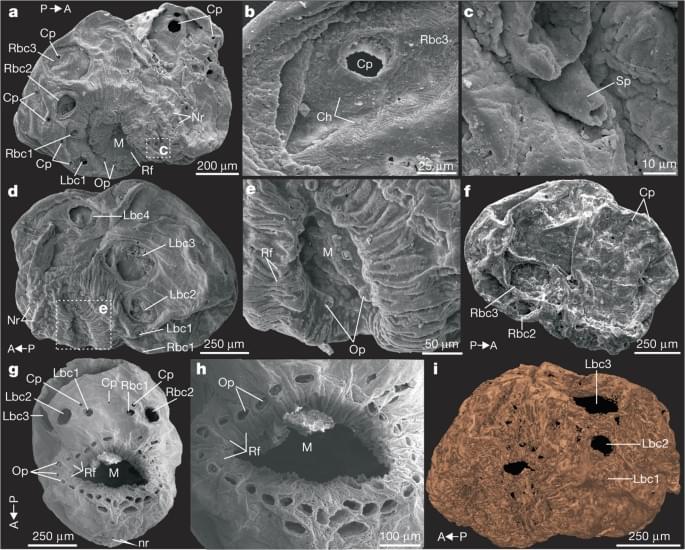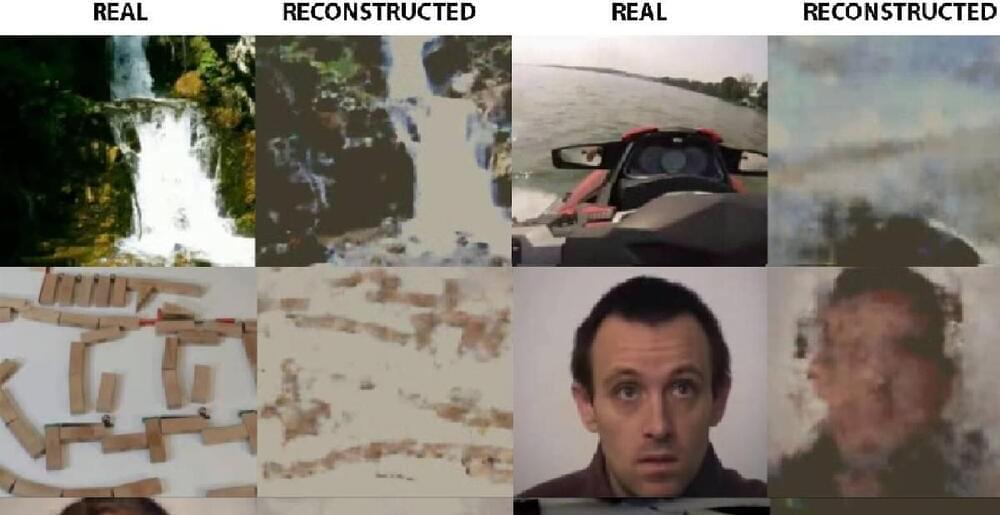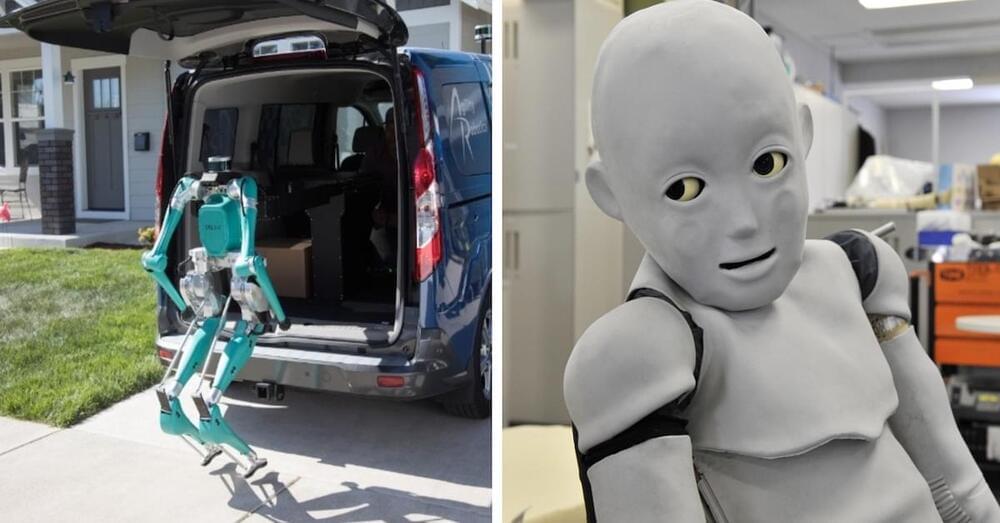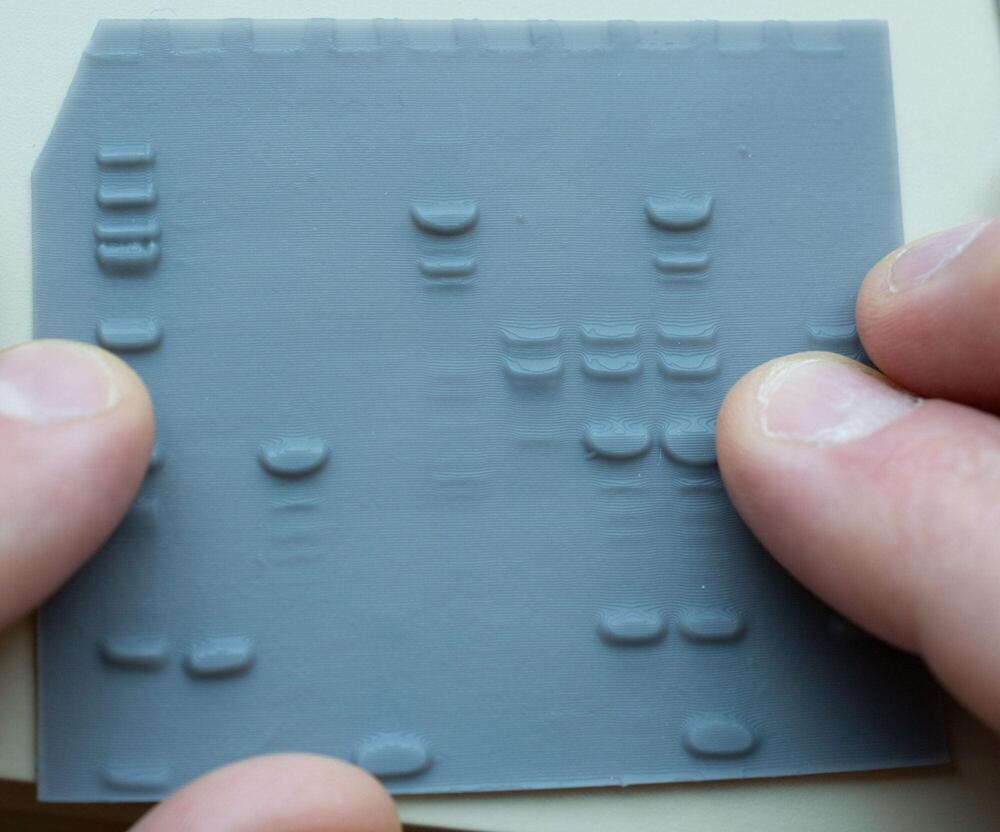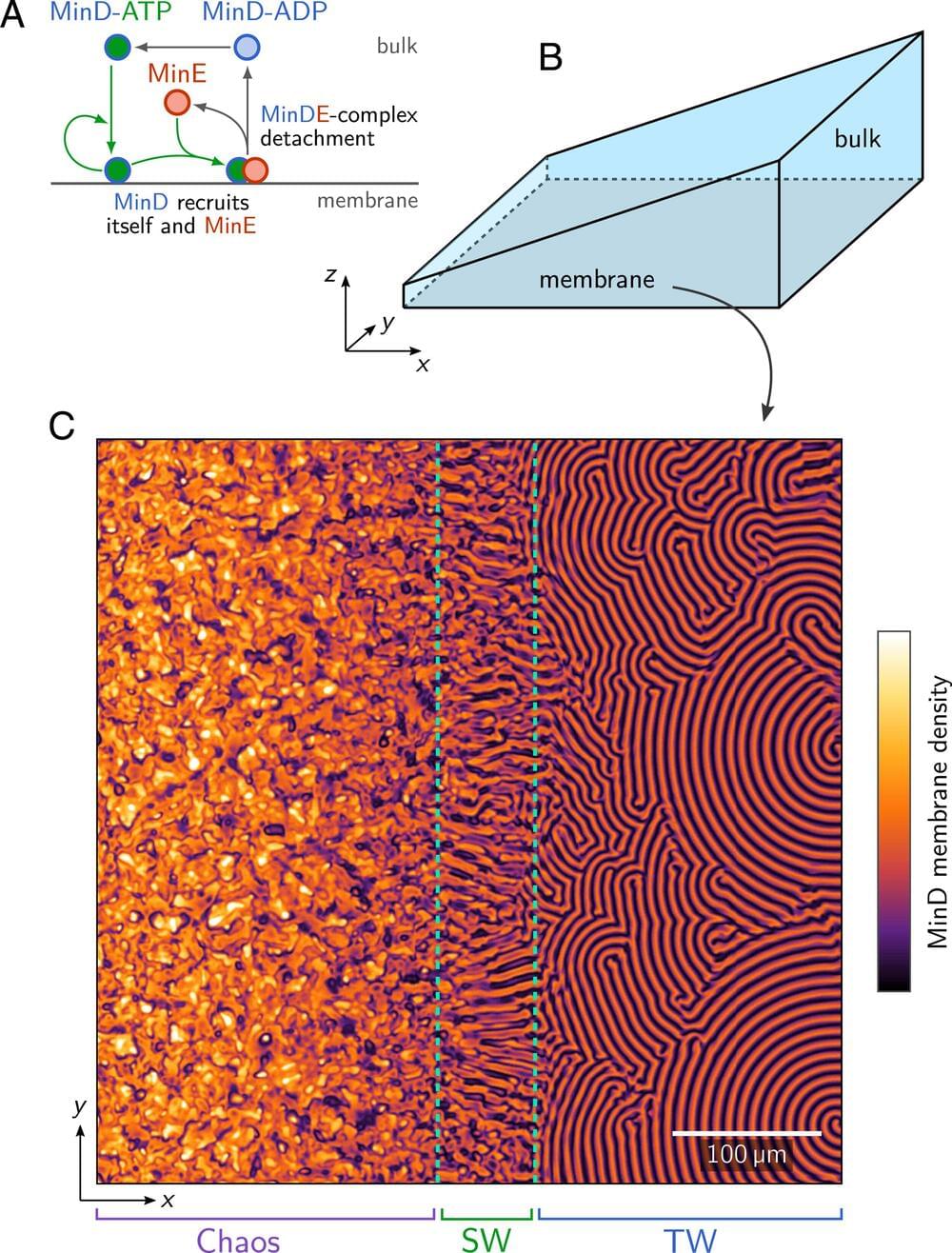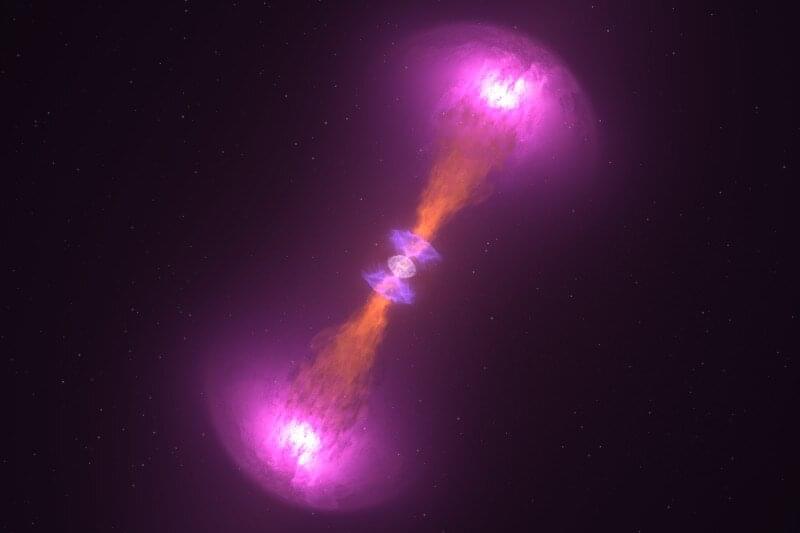Aug 19, 2022
Artemis I Moon Rocket Arrives at Launch Pad Ahead of Historic Mission
Posted by Gemechu Taye in category: space travel
The launch of Artemis I is within touching distance.
NASA’s Space Launch System (SLS) is almost ready for launch. The U.S. space agency’s big new rocket reached Launch Complex 39B at NASA’s Kennedy Space Center in Florida at approximately 07:30 am EDT after a 10-hour journey from the Vehicle Assembly Building (VAB).
NASA recently announced an August 29 launch date for its Artemis I mission, which will see SLS launch the agency’s Orion capsule on a trip to the moon and back. This came after the space agency successfully completed a much-delayed wet dress rehearsal in June, during which it filled SLS with fuel and performed a simulated countdown that stopped just short of launch.
Continue reading “Artemis I Moon Rocket Arrives at Launch Pad Ahead of Historic Mission” »

